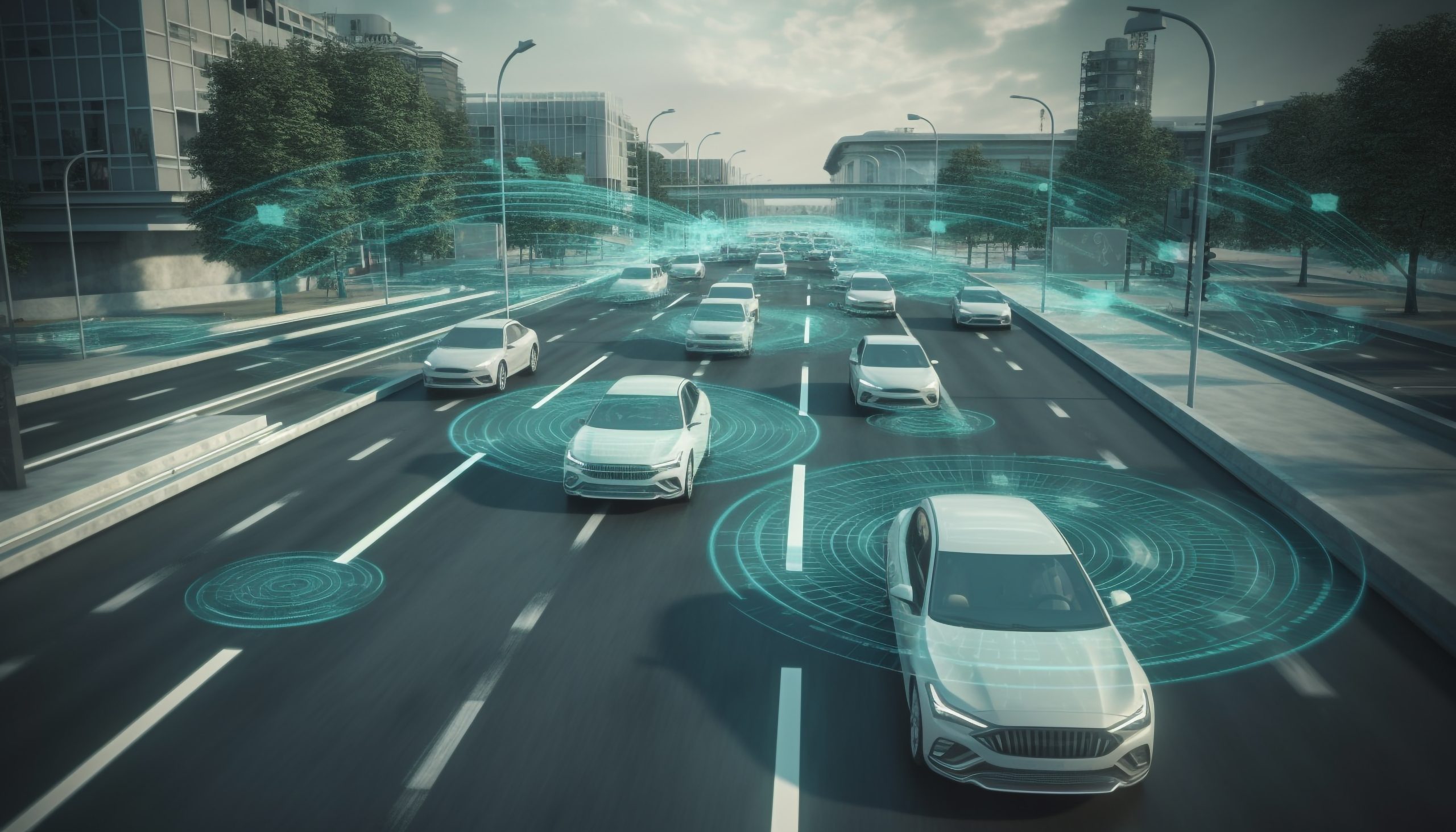
Wireless Charging Road Simulation: The Future of EV Travel
Wireless Charging Road Simulation is revolutionizing the way we think about electric vehicle (EV) travel. This technology allows vehicles to charge while driving, removing the need for frequent stops and offering unmatched convenience. Using specialized inductive coils embedded beneath the road surface, it powers cars seamlessly in motion.
By integrating Wireless Charging Road Simulation into modern infrastructure, engineers can test and optimize designs virtually before real-world deployment. This guide explores how the technology works, its benefits, challenges, and its role in shaping future transportation.
Read our full Simulation in Electric Vehicle Battery Testing guide for more background.
What is Wireless Charging Road Simulation?
Wireless Charging Road Simulation models a system where buried coils transmit energy to a vehicle’s receiver through magnetic induction, similar to wireless phone charging—but on a much larger scale. The simulation uses digital environments to replicate how roads and vehicles interact in real-world conditions.
Core components include:
-
Road Coils: Embedded beneath the surface, generating the magnetic fields needed for charging.
-
Vehicle Receivers: Capture the energy and convert it into battery power.
-
Power Grid Connection: Supplies consistent electricity to the charging system.
This virtual approach is already being explored in projects like Purdue University’s dynamic test track.
For a broader understanding of dynamic EV charging, check the IEEE’s research on inductive charging.
How Wireless Charging Road Simulation Works
The process begins with creating digital models of the road, vehicles, and charging coils. Engineers use tools like MATLAB or Simulink to test efficiency, speed variations, and environmental factors.
Main simulation steps:
-
Model the Roadway: Design coil placement and pavement structure.
-
Add Vehicle Data: Include variables like speed, alignment, and battery capacity.
-
Simulate Power Transfer: Test energy flow and identify loss points.
By running these simulations before construction, developers reduce costs, predict challenges, and improve safety outcomes.
Benefits of Dynamic Power Transfer in Wireless Charging Road Simulation
Dynamic power transfer the ability to charge EVs while they’re in motion—is one of the key advantages of Wireless Charging Road Simulation.
Top benefits include:
-
No Downtime: Drivers can extend range without stopping for a charge.
-
Lower Battery Costs: Smaller batteries reduce manufacturing expenses and environmental impact.
-
Smart Energy Distribution: Power usage is spread over time, reducing grid strain.
Testing Wireless Charging Road Simulation in Real and Virtual Environments
Testing is critical to ensure efficiency and safety. Physical tests involve short road segments with embedded coils, while virtual tests allow engineers to evaluate multiple scenarios without expensive builds.
Test types:
-
Static Tests: Parked vehicle charging trials.
-
Dynamic Runs: Moving vehicles at various speeds.
-
Extended Trials: Monitoring wear and efficiency over months.
A blended approach real-world plus virtual testing—yields the most reliable results.
Virtualizing Inductive Highways with Wireless Charging Road Simulation
Virtualization enables full-scale highway models, simulating traffic, weather, and even road wear over time. Engineers can quickly adjust parameters like coil spacing or signal strength to optimize results.
Essential tools for virtualization:
-
Simulation Platforms: MATLAB, Simulink, or ANSYS.
-
AI Data Analysis: Predicting failure points or efficiency drops.
-
Sensor Integration: Combining real-world input with virtual models for hybrid simulations.
This approach speeds up innovation and shortens the path to nationwide deployment.
See MathWorks’ simulation tools for more details.
Challenges in Wireless Charging Road Simulation
Like all emerging technologies, Wireless Charging Road Simulation faces obstacles:
-
Efficiency Drops: Misaligned vehicles or high speeds can reduce transfer rates.
-
Installation Costs: Embedding coils across miles of roadway is expensive.
-
Grid Load: Large-scale charging may increase energy demand.
Solutions in progress:
-
Automated vehicle alignment using sensors.
-
Mass production to reduce coil costs.
-
Smart load balancing to prevent power surges.
For a technical deep dive, see ScienceDirect’s report on EV road charging challenges.
The Future of Wireless Charging Road Simulation
The global momentum for Wireless Charging Road Simulation is growing. European pilot roads, U.S. test tracks, and Asian research initiatives are paving the way. The next phase could integrate autonomous vehicles and smart city infrastructure, creating highways that manage charging, traffic, and navigation simultaneously.
Long-haul trucks and public buses stand to benefit most, potentially eliminating fuel stops entirely.
Conclusion
Wireless Charging Road Simulation is more than a concept—it’s the foundation for a cleaner, more efficient transportation network. By combining dynamic power transfer with advanced virtualization, engineers can design, test, and improve systems before they’re built.
This approach minimizes costs, maximizes efficiency, and accelerates adoption. As testing expands globally, expect to see more highways equipped for continuous EV charging, reshaping how we think about travel.
FAQs
1. What is Wireless Charging Road Simulation?
It’s the virtual testing of road systems that charge EVs wirelessly while driving.
2. How does dynamic power transfer work?
Coils under the road create magnetic fields, transferring energy to the vehicle’s receiver without physical connectors.
3. Why virtualize inductive charging highways?
It lowers costs, predicts technical issues, and speeds up deployment.
4. Are there real-world projects?
Yes examples include Indiana’s dynamic charging segment and European demonstration roads.
Author Profile

Latest entries
 ColocationNovember 12, 2025Colocation Security Model Implementation
ColocationNovember 12, 2025Colocation Security Model Implementation Artificial InteligenceNovember 7, 2025SAP AI Strategy Enterprise Advances and Developer Tools
Artificial InteligenceNovember 7, 2025SAP AI Strategy Enterprise Advances and Developer Tools Scientific VisualizationOctober 29, 2025Federated Learning Technology in Medical Privacy AI
Scientific VisualizationOctober 29, 2025Federated Learning Technology in Medical Privacy AI Scientific VisualizationOctober 29, 2025Brain Visualization Ethics: Balancing Innovation and Privacy
Scientific VisualizationOctober 29, 2025Brain Visualization Ethics: Balancing Innovation and Privacy

